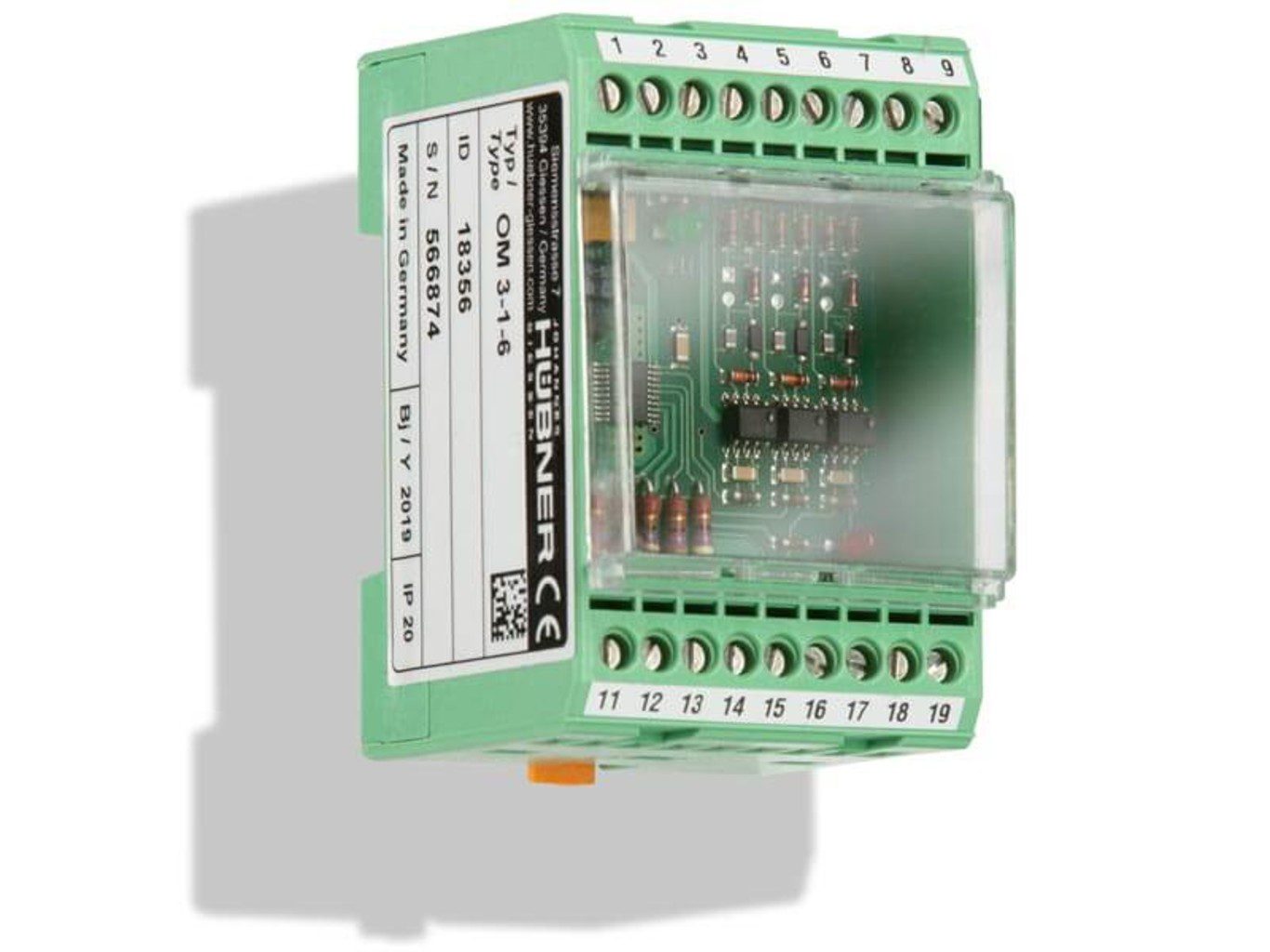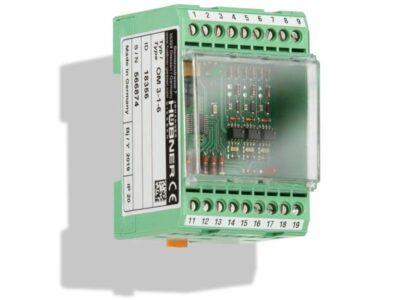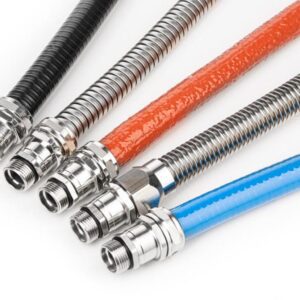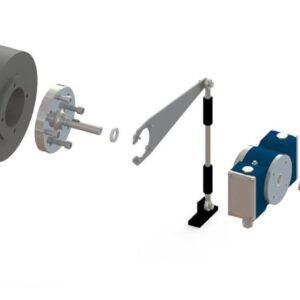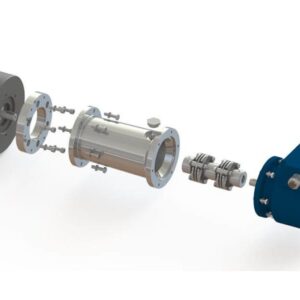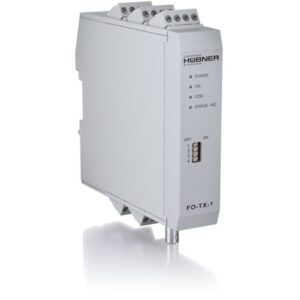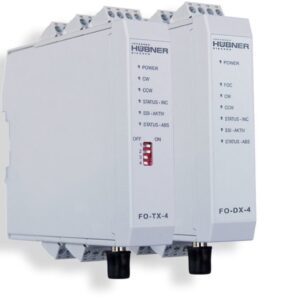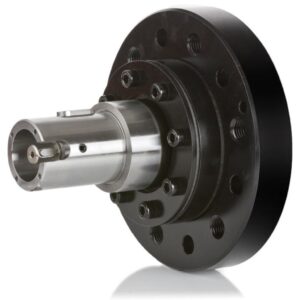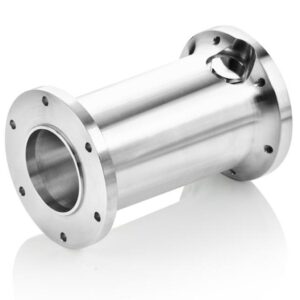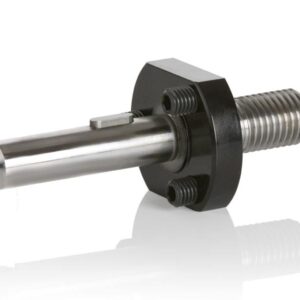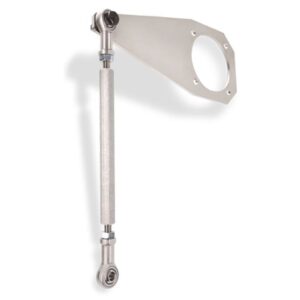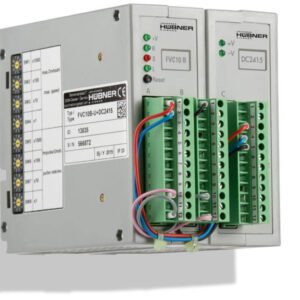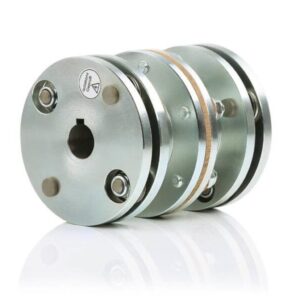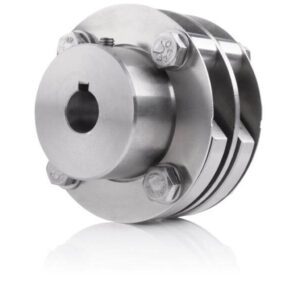Description
OM 3-1
Pulse converter – conversion of signals: HTL <–> TTL
- Converts HTL in TTL or TTL in HTL
- Signal level conversion, eliminate interference signals
- Input and output electrically isolated by means of optocouplers
- Options: Supply voltage 5 V or 12-30 V
Pulse converter / signal converter for encoder signals
Pulse converters are utilized for purposes of electrical isolation, signal level conversion and elimination of interference signals; they also convert HTL to TTL as well as TTL to HTL. The output stages are equipped with the latest driver ICs, and enable signal transmissions along long lengths of cables in conjunction with high output frequencies. Optocouplers isolate the inputs from the outputs. Short-circuits and output stage overload are signalled. The modules can be snapped onto standard mounting rails EN 50 022.
Technical Data
| Product usage | Encoder signal outputs, convert (HTL in TTL or TTL in HTL) |
| Supply voltage | 12-30 VDC |
| Signal input | HTL (square wave 12-30 V) or TTL (square wave 2.8-6 V) |
| Signal output | HTL or TTL (0°, 90°, N and respective inverted signals) |
| Frequency range | 0 – 250 kHz |
| Casing | Electronic housing for standard mounting rail |
| Dimensions | 50 x 75 x 52 mm |
| Device temperature range | -20 °C to +70 °C |
| Degree of protection | IP20 |
| Electrical connection | 18 pole PHOENIX COMBICON screw terminals 2.5 mm² |
| Device options | Isolated conversion of HTL in TTL or vice versa with different supply voltages
|
| Mechanical options | |
| Special features and certificates |
Downloads
More About The OM 3-1 Pulse Converter offered by Hubner Australia
The OM 3-1 Pulse Converter is a device that converts signals between HTL and TTL.
Here are some key features of the OM 3-1 Pulse Converter:
- Converts HTL in TTL or TTL in HTL
- Signal level conversion eliminates interference signals
- Input and output are electrically isolated by optocouplers
- Used for isolated power supply, conversion of voltage level, and regeneration of signals
The OM 3-1 Pulse Converter is a product offered by Hubner Australia. It is used for converting incremental encoder signals, and the input and output are electrically isolated by optocouplers.
The device is designed to eliminate interference signals and convert HTL in TTL or TTL in HTL. It is also used for isolated power supply, conversion of voltage level, and regeneration of signals. The OM 3-1 Pulse Converter is a reliable device for signal conversion and is widely used in various industries.
What is the purpose of the OM 3-1 Pulse Converter?
The purpose of the OM 3-1 Pulse Converter is to convert signals between HTL and TTL. This device is used for isolated power supply, conversion of voltage level, and regeneration of signals. It eliminates interference signals and converts HTL in TTL or TTL in HTL. The input and output are electrically isolated by means of optocouplers. The output stages are equipped with the latest driver ICs, and enable signal transmissions along long distances. The OM 3-1 Pulse Converter is utilized for purposes of electrical isolation, signal level conversion, and elimination of interference signals.
How does the OM 3-1 Pulse Converter work?
The OM 3-1 Pulse Converter is a device that converts signals between HTL and TTL, and it works by converting HTL in TTL or TTL in HTL. Here are some key features of the OM 3-1 Pulse Converter and how it works:
- The input and output are electrically isolated by means of optocouplers.
- The device is used for isolated power supply, conversion of voltage level, and regeneration of signals.
- It eliminates interference signals and converts HTL in TTL or TTL in HTL.
- The output stages are equipped with the latest driver ICs, and enable signal transmissions along long distances.
- The device can be supplied with a voltage of 5 V or 12-30 V.
- The device is utilized for purposes of electrical isolation, signal level conversion, and elimination of interference signals.
In summary, the OM 3-1 Pulse Converter is a device that works by converting signals between HTL and TTL, and it eliminates interference signals. It is used for isolated power supply, conversion of voltage level, and regeneration of signals.
The input and output are electrically isolated by means of optocouplers, and the output stages are equipped with the latest driver ICs, enabling signal transmissions along long distances. The device is utilized for purposes of electrical isolation, signal level conversion, and elimination of interference signals.
What are the benefits of using the OM 3-1 Pulse Converter?
Here are some benefits of using the OM 3-1 Pulse Converter:
- Electrical isolation: The input and output are electrically isolated by means of optocouplers.
- Signal level conversion: The device can convert HTL in TTL or TTL in HTL.
- Interference signal elimination: The device eliminates interference signals.
- Long-distance signal transmission: The output stages are equipped with the latest driver ICs, enabling signal transmissions along long distances.
- Modular casing: The device has a modular casing that can be snapped on a standard track rail EN 50 022.
- Red flashing LED indication: A red flashing LED indicates a short circuit or an overload of the power stage. When the error is eliminated, the pulse converter can be used again.
In summary, the OM 3-1 Pulse Converter offers several benefits, including electrical isolation, signal level conversion, interference signal elimination, long-distance signal transmission, a modular casing, and a red flashing LED indication. These benefits make the device a reliable and effective solution for signal conversion and transmission in various industries.


